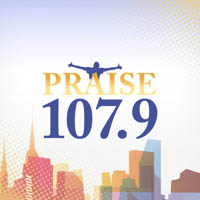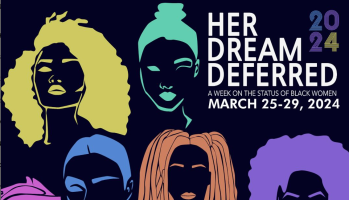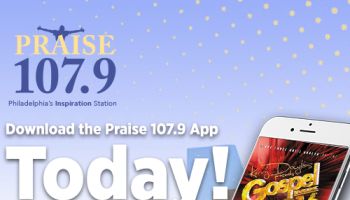Anyone using the electronic kiosks to check in for a United Airlines flight now must learn how to navigate three more added fee hurdles. That’s because United has rigged its check-in procedure with a onslaught of three pitches to load up more extra costs.
If I had pressed the wrong buttons on a recent cross-county flight I took, I would have accidentally paid another $523.68. How did I know they were the wrong buttons? Simple: They were colored and placed to look like the correct buttons.
As computer-savvy, Western-world citizens, we’re used to pressing the highlight, right-hand button in order to proceed smoothly through sign-in sequences. But businesses have caught wise to our bias, and now, Web sites are trying to funnel us into the higher-cost option this way, with a wee little “No, thanks” link in feeble print somewhere off in a lonely left-hand corner of the page where only the intrepid will find it.
Ironically for an airline that still sends passengers on transoceanic flights without seatback TVs, United Airlines is mastering the dark side of the electronic age. Its baggage handling mishaps grew poisonous word-of-mouth via viral video, and now the airline is pioneering artful onscreen misdirection in airline check-in kiosks.
That handsome gold button at the bottom right-hand of the screen, where the “proceed” or “OK” button usually is on your home computer? It sets you up to spend another wad of cash.
One screen sold “Premier Line” access for $49. Another wanted $78 to sell me frequent flier miles. And a third dangled a business-class upgrade for $396.68. Grand total for extra charges I had to sidestep: $523.68. That amount varies by the length of the flight.
Are United’s kiosks technically fair? Yes, technically they are, because if you read every word of them and act accordingly, you won’t make any purchases you don’t want to make.
Are the screens also crafted to trick hasty passengers into stumbling into add-ons they didn’t fully realize they were purchasing? Very likely. Passengers who are late for their flights are much less likely to correctly decipher the screens. Older and confused passengers, too, are more likely to hit the “accept” button, mistaking it for “proceed.”
At the airport check-in kiosk, too, passengers are used to swiping their credit cards as a form of identification for picking up their tickets, only in this case, being prompted for that swipe could also end up putting them in the hole for more useless stuff.
True, it’s their fault for being hasty, and if I was feeling heartless, I’d say it was their fault for getting suckered by something that would be more obvious if they were paying closer attention. But we have to recognize that United comes off looking like it may be trying to take advantage of people who might be inattentive in that bewildering period when they arrive, bags in hand and discombobulated, at an airport.
Are United’s three add-ons even worth the extra money? We can debate whether the business-class upgrade is worth it. I say it’s almost always not, since the flight will be finished before you know it. Others may differ on that, which is OK with me.
I think the other two add-ons are decidedly worse. The “Accelerator” screen is pretty much a come-on to get you to purchase frequent flier miles using your hard-earned salary. In my case, I would have paid $78 for 2,856 miles, or the value of my flight from San Francisco to New York. When you do the math, paying money for miles is almost never a good deal, since the value of what you get in exchange for those miles is, in most cases, not as strong as what you would have paid in cash in a normal transaction.
The other offer, “Premier” access, is even worse. It purports to whisk you through security faster, and then to get you on board the plane faster. The latter may be true, but the security situation depends entirely on the organization of the TSA’s queue (your “special” line is often fed into the general mob where groups of people are stack up at the X-ray machines anyway).
Boarding priority is only of nominal use if you simply have to beat everyone else to the overhead luggage racks on board the plane. If that’s the case, then you’re probably rushing for the racks because you’re saving money by carrying on luggage instead of checking it. Except checking a bag costs half as much as that “Premier” access, so this method would actually lose you money.
Premier access now costs $49. It was just $39 last May. Despite that price, Premier access doesn’t get you into the business class lounge, a mistaken assumption that many harried travelers surely make as they fumble through the pre-security check-in process. It also won’t help you jump up the standby list. Nope, it’s pretty much a charge that mostly holds out the hope of getting you through the TSA’s inspection line quicker. And since when is it fair that any American should have better government attention simply because they paid more money?
United’s screens operate in a gray moral area. Technically, it gives passengers warning about what they’re about to purchase. But I’d argue they are designed to take advantage of that minority of people who are already overwhelmed by the airport check-in process, and also of that group who is not as computer-savvy as the younger generation might be. I’d also argue, purely from a consumer reporting standpoint, that the extras it’s selling simply aren’t worth the money, which probably makes that gray area a little blacker.
United, just because you can do something doesn’t mean you should. And in that spirit, I shall continue to ferret our the teeny little “no, thanks” hidden somewhere behind your “fly the friendly skies” motto.
via wallet pop dot com












